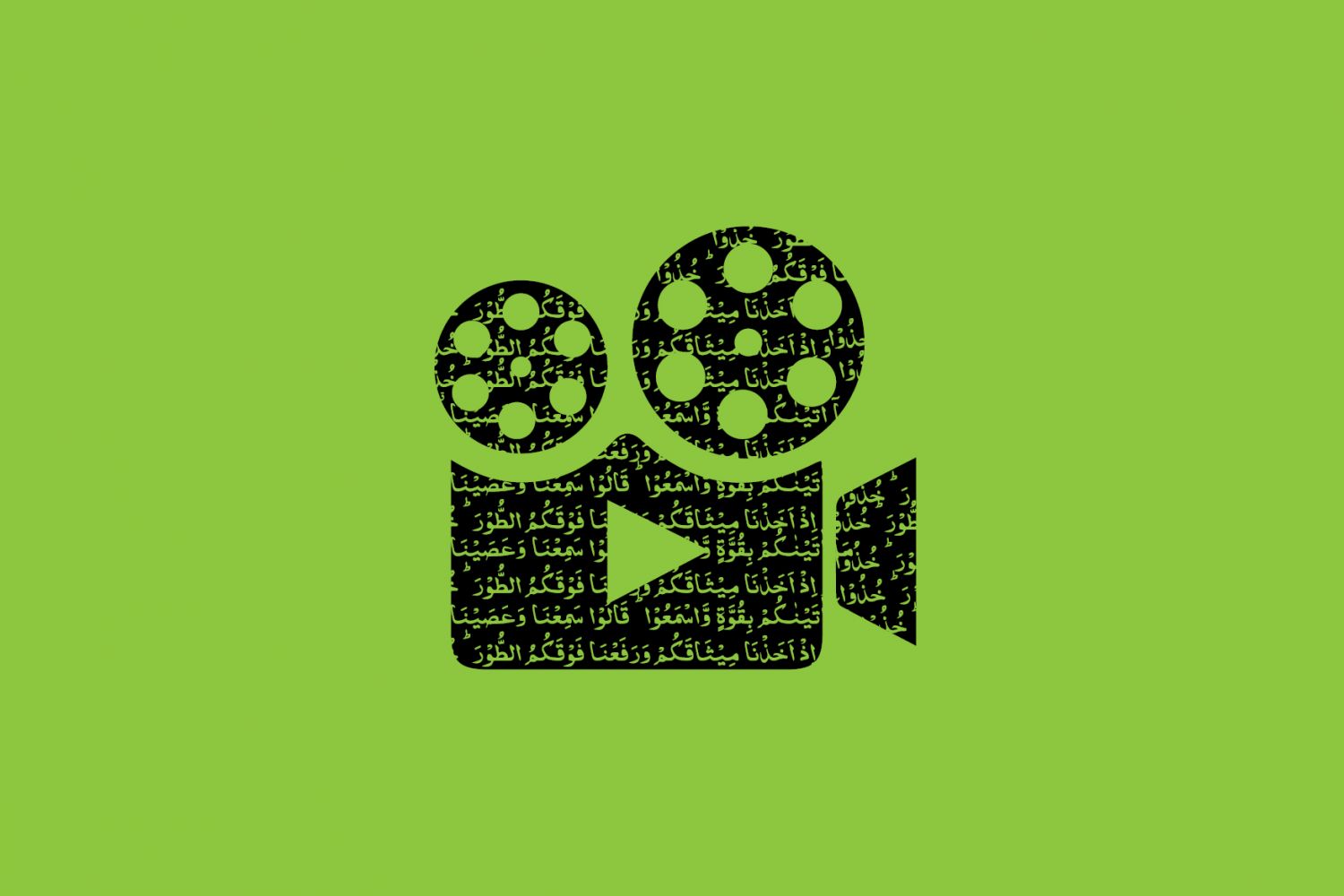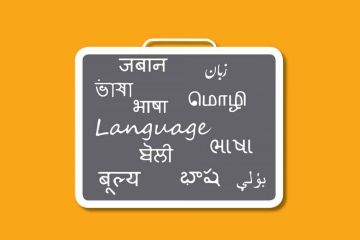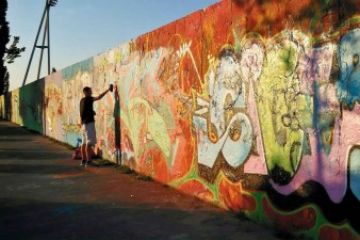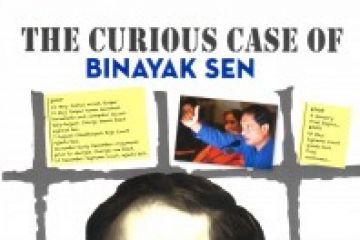
In his workman-like Introduction to Yeh Un Dinoñ Ki Baat
Hai, Yasir Abbasi makes the important historical point that despite the
systematic marginalisation of Urdu since the formation of the Indian nation,
Urdu has survived, even thrived, in the Hindi film industry. While the pieces
he has industriously dug up from the archives of Urdu magazine writing on Hindi
cinema offer fascinating political and social histories of film journalism in
India, the culture of the Hindi film industry and th





